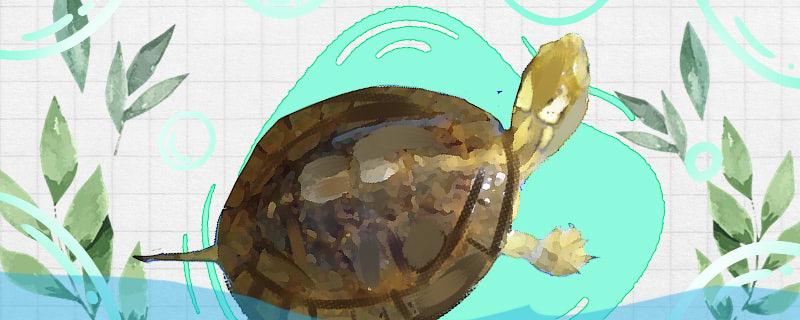 1. Is the spotted turtle a protected animal?
1. Is the spotted turtle a protected animal? Eye-spotted turtle is a protected animal. In the list of terrestrial wild animals that are beneficial or have important economic and scientific research value under national protection issued on August 1, 2000, it has been clearly stipulated that eye-spotted turtle has been listed as a second-class protected animal in China. At the same time, they are also listed in the List of Terrestrial Wild Animals Protected by the State, which are beneficial or have important economic and scientific research value, and cannot be sold, hunted or raised by private individuals. This kind of protection and regulation is only for wild eye-spotted turtles, and artificially bred eye-spotted turtles can be raised.
2. How to raise the spotted turtle1. Container: The spotted turtle likes a large living space, and the breeder needs to prepare a large container for them to ensure sufficient living space. If conditions permit, they can also build a balcony, so that they can rest and bask in the sun on the balcony.
2. Feeding: The spotted turtle is an omnivorous turtle, and the breeder can feed it with animal feed and plant feed, which can not only ensure their adequate nutrition, but also ensure their balanced nutrition.
3. Water quality: Eye turtles have strict requirements on water quality. Breeders need to change their water 2-3 times a week, and half or two-thirds of the water each time, so as to ensure clean water quality. Usually, after each feeding, the food residue and feces in the container should be cleaned in time to slow down the deterioration of water quality.